
- Custom Variable Widget
- Priority Matrix
- Heatmap Widget
- Grid Widget
- Weighted mean widget
- Comment List widget
- Widget Filters
- Ranking List Widget
- Distribution Chart
- NPS Widget
- Trend Widget
- Word Cloud Widget
- Cross tab widget
- KPI Comparison Widget
- Bubble chart
- Custom Metric Trend Chart
- Trend Comparison Widget
CX - How to setup Heat Map question and analyze the data
A heat map is a graphical representation of data where the individual values contained in a matrix are represented as colors. Fractal maps and tree maps both often use a similar system of color-coding to represent the values taken by a variable in a hierarchy. Heat maps help you get an instant feel for an area by grouping places into categories and displaying their density visually. The darker the color is, the higher the density.
For instance, you may want to take Workspace and understand the usability/ accessibility of your website. Now the simple way of asking that question would be - How do you find our website? But that won't be very helpful for you mainly because that doesn't necessarily tell you what is wrong, or rather what part of the website you need to fix. At best you will understand what percent of your users like or dislike your website. Our heatmap question is designed for use cases like this. You get in depth analysis of areas of improvement on a particular page on your website. Another example would be taking product / packaging design Workspace from users.
- Step 1: Go to Login >> Customer Experience >> Survey >> Workspace >>
- Click on the Add Question link.
- From Advanced Question Types section select the Heatmap - Image Testing question type from the Image/ Multimedia list.
- Question Text: Enter in the Question Text using inline editing.
- Image: Click on the default ? mark image and select the Image from the pop up menu or upload a new one

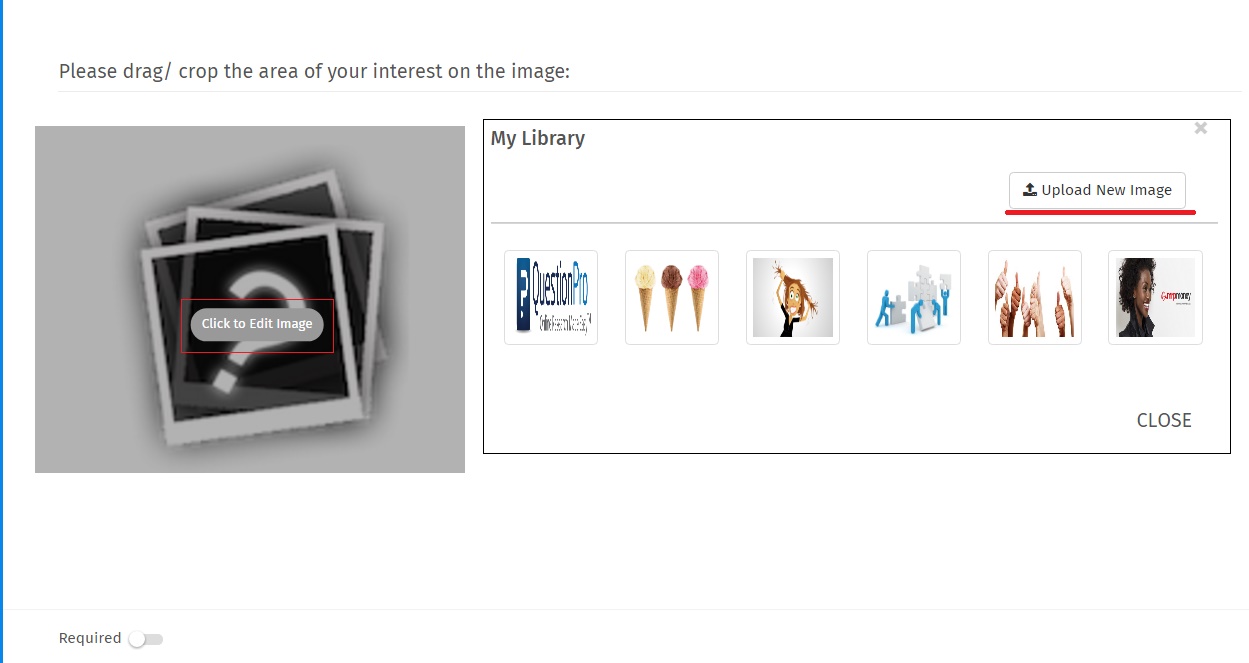
To answer the Heatmap - Text Analysis question, respondents will have to drag the area on the image.
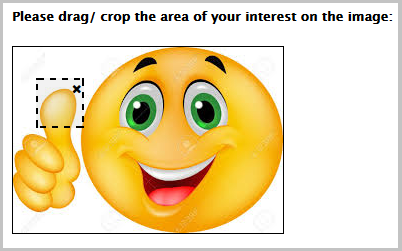
The Highlight Clicks option allows you to collect the exact coordinates of respondent clicks on an image. You can enable this option from Heatmap question settings:
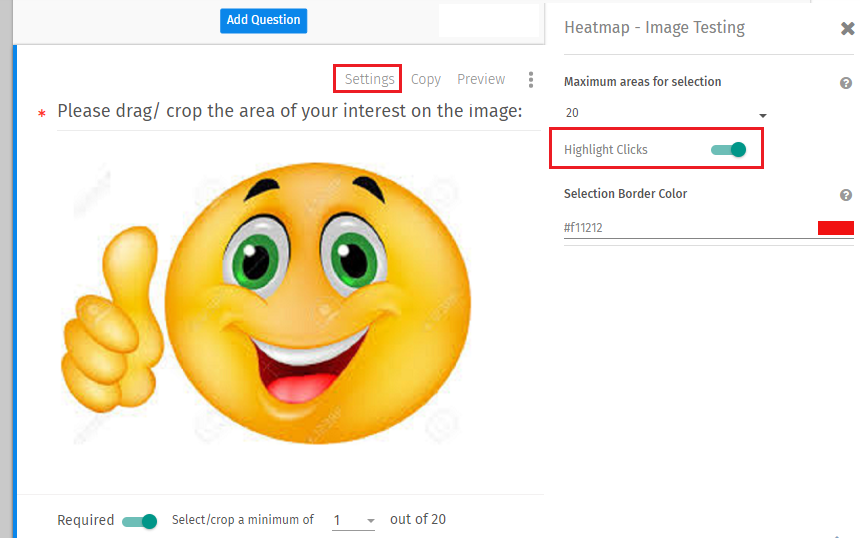 You can also limit the number of points a respondent can select / click. If a respondent exceeds this limit, the latest selection will replace the oldest one.
You can also limit the number of points a respondent can select / click. If a respondent exceeds this limit, the latest selection will replace the oldest one.
Once this option is enabled, respondents see a small dot where they click.
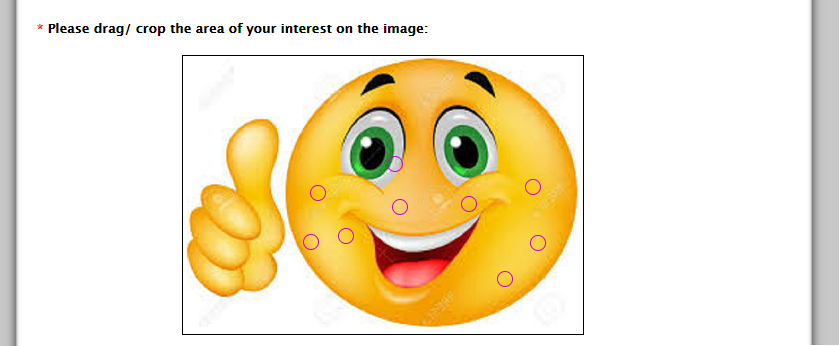
With the Survey Analytics Enterprise Platform you can analyze the heat map data in a very sophisticated way. You will get an image representation of your original image for the data. The area that was dragged most often by the respondents would be highlighted in dark red. The lesser number of times an area is dragged, the fainter red color it would be highlighted in. The areas that were never dragged would be highlighted in blue. You will easilly come to know the respondents trend / area of focus by just viewing the image.

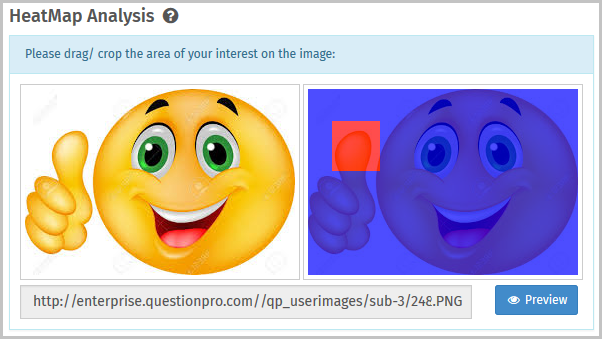
This feature/tools described here are available with the following license(s) :

